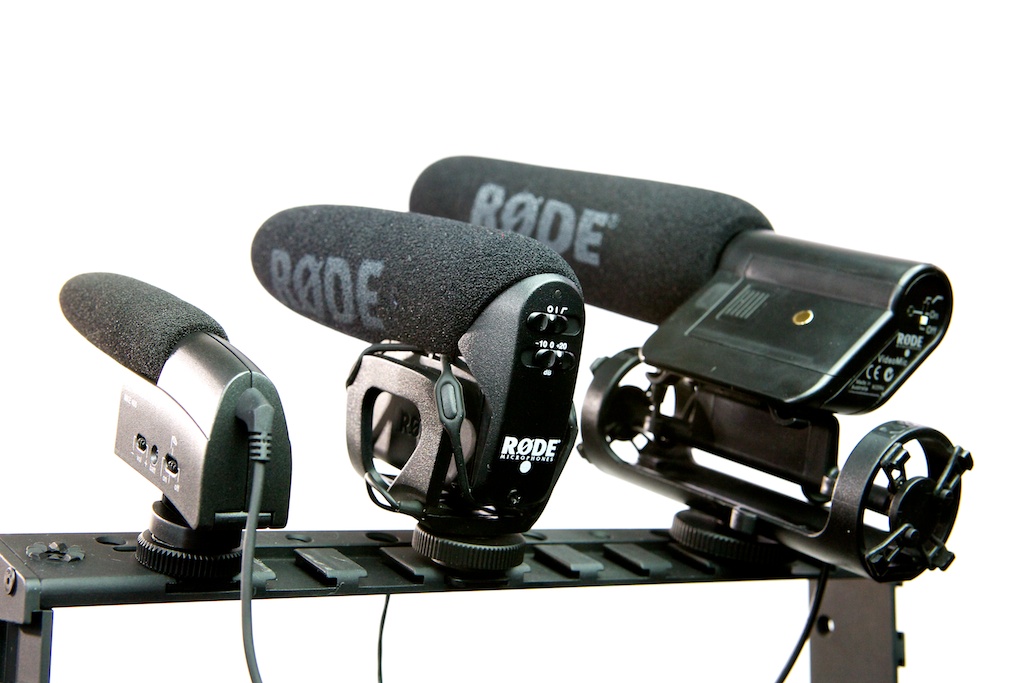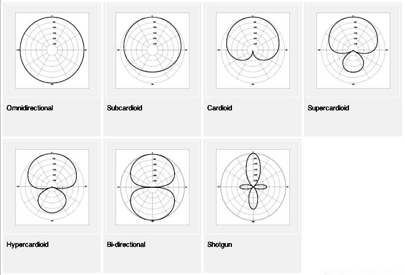I'm looking to get into filming, not sure where I'll go with it but especially looking at travel/adventure filming...more documentary style and mostly outdoors. I have decent experience taking stills with a canon dslr and a little experience editing with lightworks (because it was free).
I'm looking at getting a Canon 70D, as it's in my price range and seems solid for both photo and video. Also getting some pretty basic audio stuff. I'm wondering about lenses, the kit lenses seem decent but not sure what size I'll want for filming and the f/stop might be questionable for shooting in low light. My price range is 1.5-2k for camera/audio and all accessories/tripod etc.
I'm also getting a PC for editing (and some gaming). Can anyone point me towards the specs I should be considering for editing? Also, kinda lost on editing software...is lightworks good enough or should I go for something better?
I know I'm diving in over my head a bit, and I want a system that will give me room to expand. I've got some other ideas but trying to keep this short-ish so ask away if you want more info!
Thanks for any advice
- Simon
I'm looking at getting a Canon 70D, as it's in my price range and seems solid for both photo and video. Also getting some pretty basic audio stuff. I'm wondering about lenses, the kit lenses seem decent but not sure what size I'll want for filming and the f/stop might be questionable for shooting in low light. My price range is 1.5-2k for camera/audio and all accessories/tripod etc.
I'm also getting a PC for editing (and some gaming). Can anyone point me towards the specs I should be considering for editing? Also, kinda lost on editing software...is lightworks good enough or should I go for something better?
I know I'm diving in over my head a bit, and I want a system that will give me room to expand. I've got some other ideas but trying to keep this short-ish so ask away if you want more info!
Thanks for any advice

- Simon





